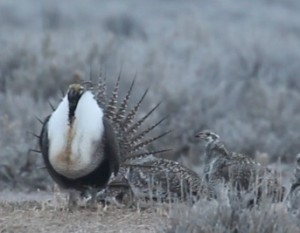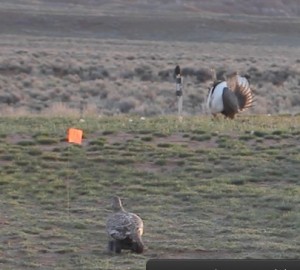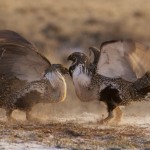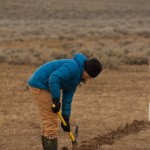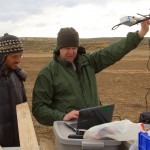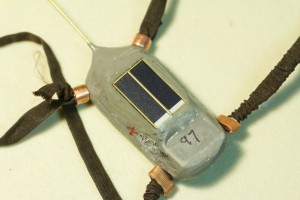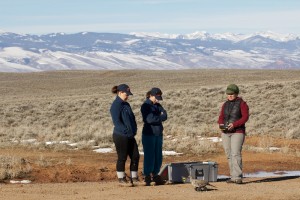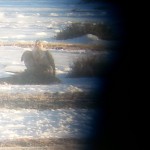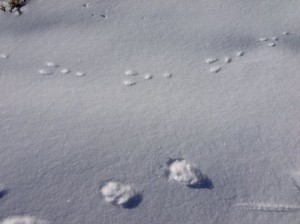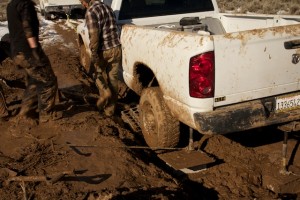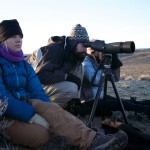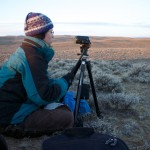I mentioned in the mid-season update that we were seeing our top males grabbing a particularly high share of the matings, especially on Cottontail Lek. This male was given a name that rhymes with “Rick”, based initially on the aggressive manner in which he claimed the territory formerly held by Gyrfalcon victim “Roundasaurus Leks”. Once females started breeding, it quickly became clear that this male was operating on a whole different level from other males on the lek.
“Rick” was constantly in motion, and every action had a purpose. When amongst the females, he was always strutting. His only breaks from this were to push other males away from his territory. Many male-male agonistic interactions involve prolonged “face-offs”, or facing past events, in which males sidle up to one another, face in opposite directions, and counter-position in order to attempt to gain favorable positioning for an attack without becoming vulnerable to a counter-attack [note- this was the subject of our collaboration with Sergio Pellis that recently appeared in Behaviour]. Just a few minutes on the lek during the peak in breeding and it was obvious “Rick” is playing a different game. He rarely engaged in face-offs. Instead his m.o. was to run up to a neighbor, immediately pummel him with his wings, then run back to the cloud of females in his territory and pick up with his display. Repeat all morning long.
Looking at the female’s mating behavior, “Rick’s” frenetic behavior seemed to be paying off. An unofficial tally shows Rick already with more than 75 copulations, and with more than 90% of all copulations on the lek. He has some impressive single-day totals, including what is I think a record for us of 32 copulations, including a dizzying stretch where he often exceeded 2 copulations per minute.While these data are still pending our search for copulations from the video and whatever happens during the remainder of the season, “Rick” is clearly a big winner. A quick glance through our past data suggests that the top guy usually gets around half of the total copulations, maybe up to about 2/3. We’ve never seen anything like 90%. Our highest total is 77, so Rick’s final total after we add in copulations seen by students on the video and any additional matings from the season, will almost certainly top this record. I doubt he will break the all time record that I’ve seen of 169 that Hartzler found in a Montana population some years ago, but for our Hudson leks, “Rick” is clearly a dude to be reckoned with! I really hope we are able to catch and band him at some point so we can see if his success carries over to next year as well.

